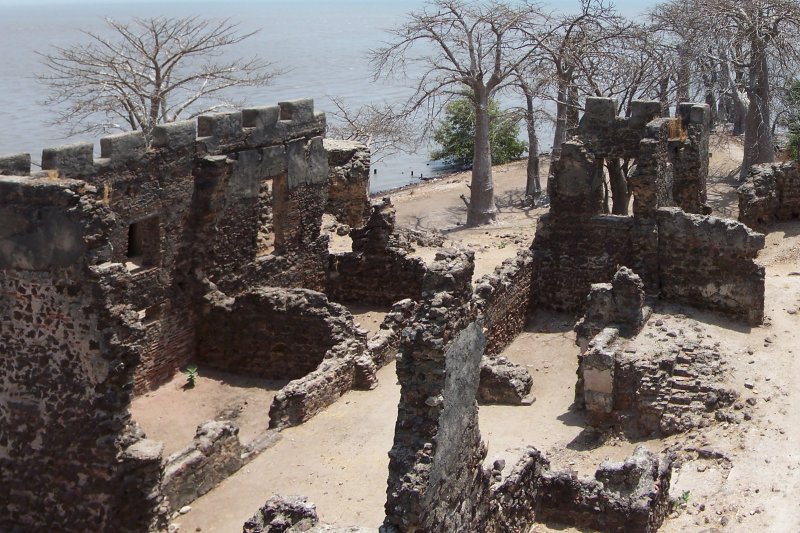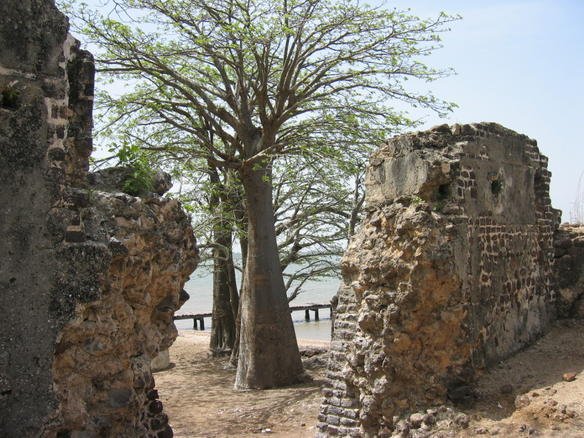 James Island, Gambia
James Island, GambiaSource: https://commons.wikimedia.org/wiki/File:JamesIsland.jpg
Author: Niels Elgaard Larsen

James Island is an island on the River Gambia. It is the site where European established a settlement as early as the 16th century. The earliest settlers were Baltic Germans who named it St Andrews Island. The settlers erected a fort which they named after Fort James, after James Kettler, Duke of Courland.
When the British took over the island in 1664, they renamed Fort James as well as James Island after James, the Duke of York, who later ascended the throne of England as King James II. In the subsequent centuries the fort changed hands between the British and the French. It served as an important trading post for African slaves until its abandonment in 1870.
James Island was inscribed as a World Heritage Site during the 26th session of the World Heritage Committee meeting in Paris, France on 30 June to 5 July, 2003. The inscribed site reads "James Island and Related Sites" because it includes the Six-Gun Battery built in 1816 and Fort Bullen built in 1826, located on either sides of the mouth of the River Gambia.
Photos of James Island
 James Island in the Gambia
James Island in the GambiaSource: https://commons.wikimedia.org/wiki/File:Island_in_river_ga_galleryfull.jpg
Author: Jose Canedo

World Heritage Site Inscription Details
Location: N 13 18 58.2 W 16 21 25.9Inscription Year: 2003
Type of Site: Cultural
Inscription Criteria: III, VI
 Latest updates on Penang Travel Tips
Latest updates on Penang Travel Tips

Copyright © 2003-2025 Timothy Tye. All Rights Reserved.

 Go Back
Go Back